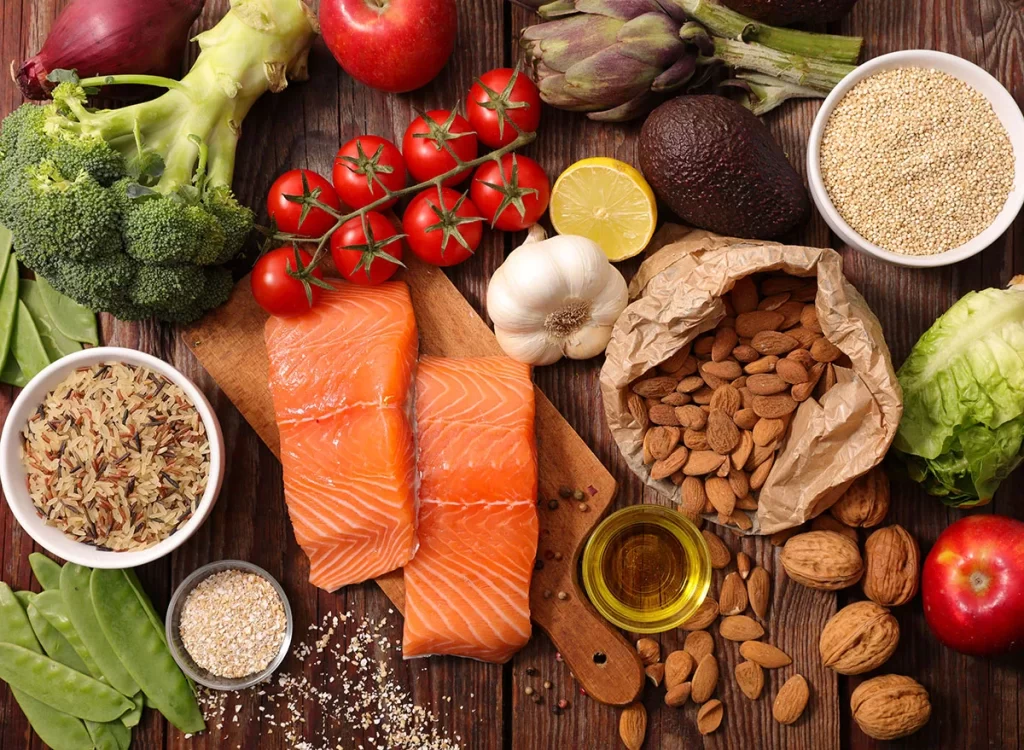Take this as a little cue, perhaps a not-so-gentle little cue, to start thinking about your eating and exercise habits. Are you eating healthy ? On a scale of 1 to 10, where do you rate yourself, with 10 being the best? If you’re not happy with the results, you may need to embark on a serious project to get your health back.
Wake up call
The ongoing COVID variant reveals an ugly truth. They are cruel to those with underlying medical conditions and the elderly, but less cruel to the healthy and young. You can’t turn back the years, but you can manage your health today. Poor health is often not our destiny. Think of health as an investment in aging with vigor and strength. There are many things you can do to reduce your own risk of disease. The younger we start, the better we age. It’s okay to start today.
Here is the problem

As a nation, our healthcare system sways under our collective weight. 40% of us are overweight and another 30% are obese. Obesity is now considered a disease. Obesity triggers a cascade of serious health problems such as diabetes, along with high blood pressure and heart disease.
Good news
Poor health, including diabetes is not inevitable. You can be healthy regardless of family health history by following a healthy diet and routine exercise, getting sleep and managing stress. While we have choices about the foods we eat and the activity we do, we are wired to make choices that give us pleasure, choices that may not be good for us.
Restaurant portions are large. Many processed foods provide little nutrient density, but are calorie dense featuring ingredients, like sugar, fat and salt. We are hard wired to desire foods with these ingredients. They taste good. Adults and children see thousands of food ads every year nudging our appetites in the wrong direction.
Project Healthy Me
Your health is a big serious project. Start by ticking off strategies that are easy to implement and that you believe will be successful. Remember that practicing new habits takes practice.
Goal: Lose 7-10% of your body weight. These efforts may improve insulin sensitivity, lower blood pressure, and improve cholesterol levels. If you weigh 200 pounds, lose 14-20 pounds. This alone can help prevent diabetes and reduce other health risks.

Strategies
Keep a food record. If you are honest and mindful, just keeping a record knocks off lots of calories and causes weight loss.
Choose smaller No seconds.
Eat when hungry; stop when satisfied.
Plan your meals ahead of time.
Try time restricted eating. Pledge not to eat for 10 to 12 hours. For example, avoid eating between 7:00 pm and 7:00 am. Research shows this strategy leads to weight loss because evening snacking stops.
Snacking and “grazing” open the door to extra calories. If you must snack, make part of your previous meal your snack.
Cut out processed, packaged These usually have extra fat, sugar, and salt. Not good for you.
Cook from scratch– make friends with your kitchen and start cooking. This does not include baking a frozen pizza.
Chose foods that are nutrient dense rather than calorie dense.
Read labels. You may be surprised at what and how much you are eating.
Fast food: stop it. No need to explain.
Meat and potatoes… not unless it is lean meat, a reasonable portion size, like three to four ounces (cooked), and that non-starchy vegetables are half of the plate.
Eat 3 meals a day.
Make plants the focus of your diet.
Do 150 minutes of moderate intensity physical activity weekly.
Walk 15 minutes after a meal. The Italians call this walk a “passeggiata.” It’s a lovely way to aid digestion, relax, socialize and embrace the evening.
Measure your waist. Men should have a waist less 40 inches and women, less than 35 inches.
Plan on buying new clothes.
It’s time to focus on your well-being. Make a salad. Drink water. Move more. Picture yourself being a healthier you.




